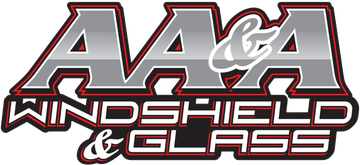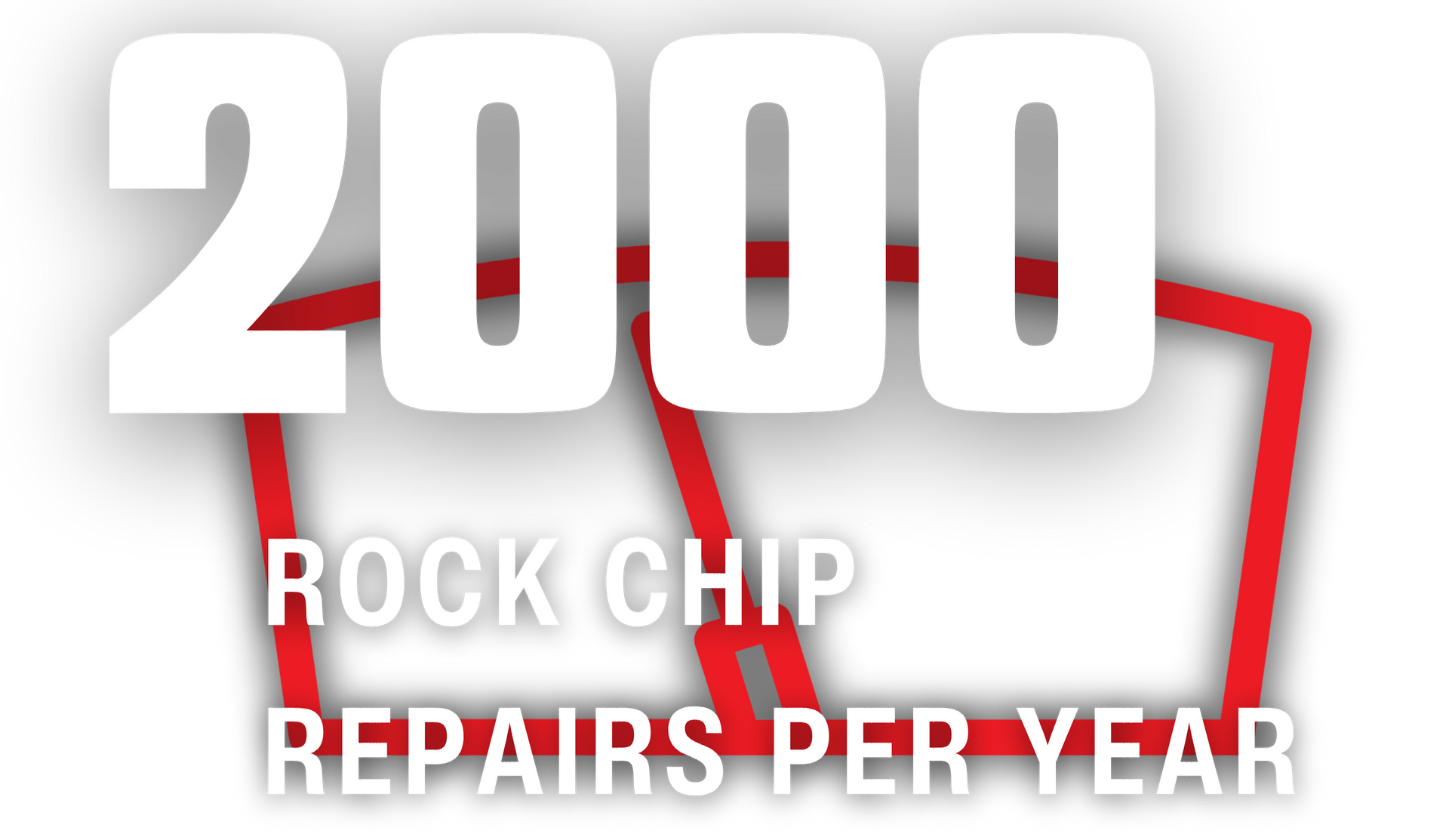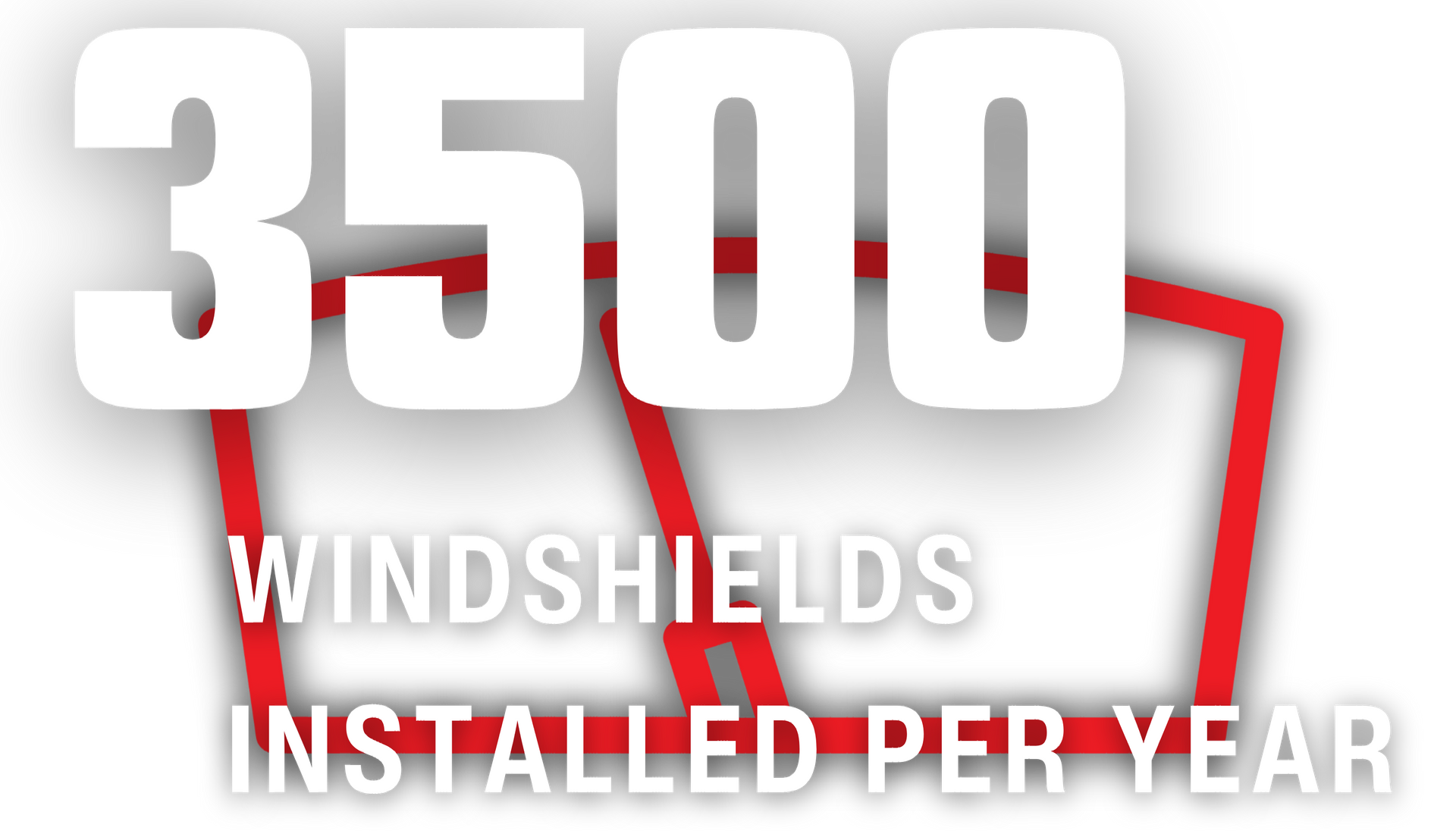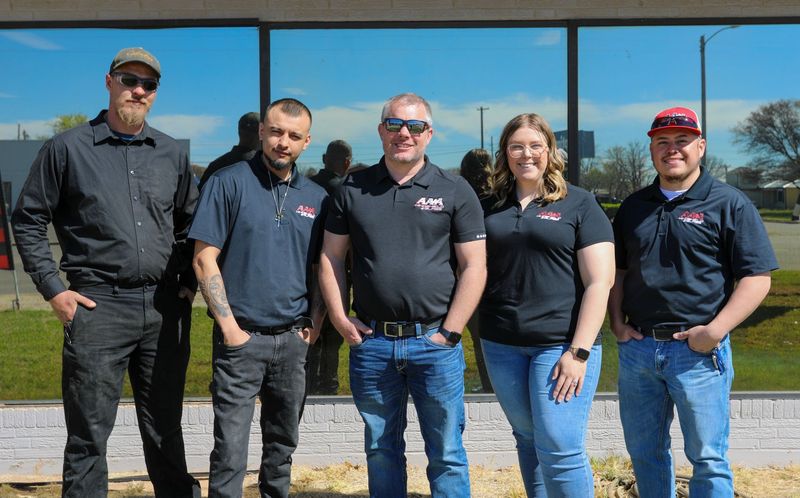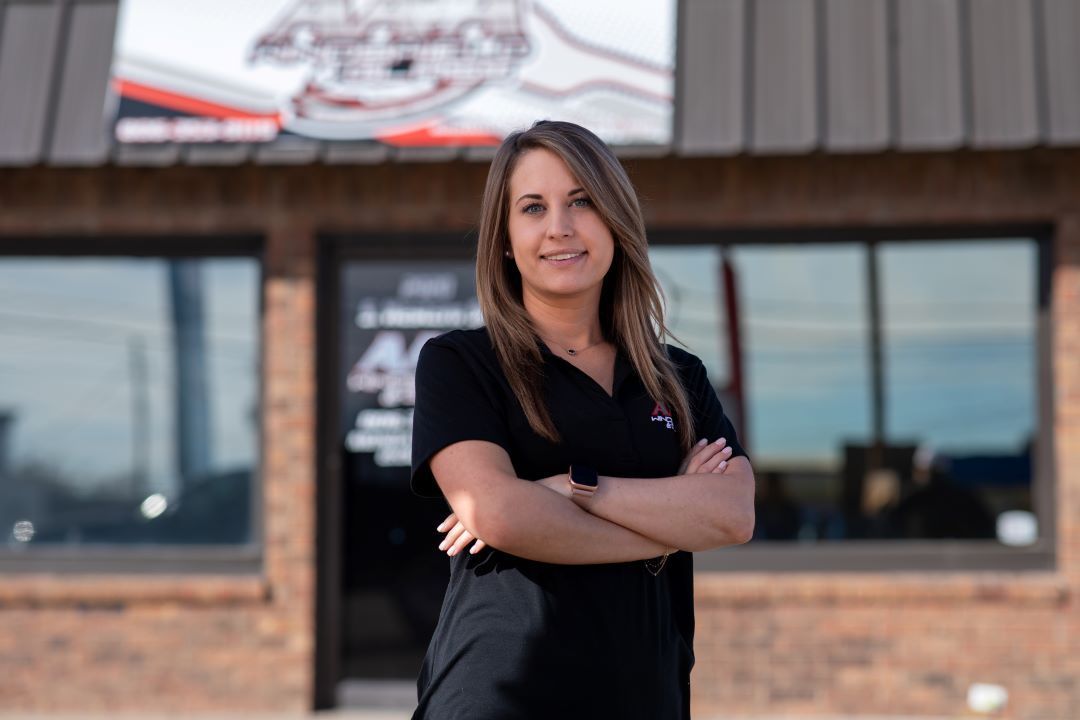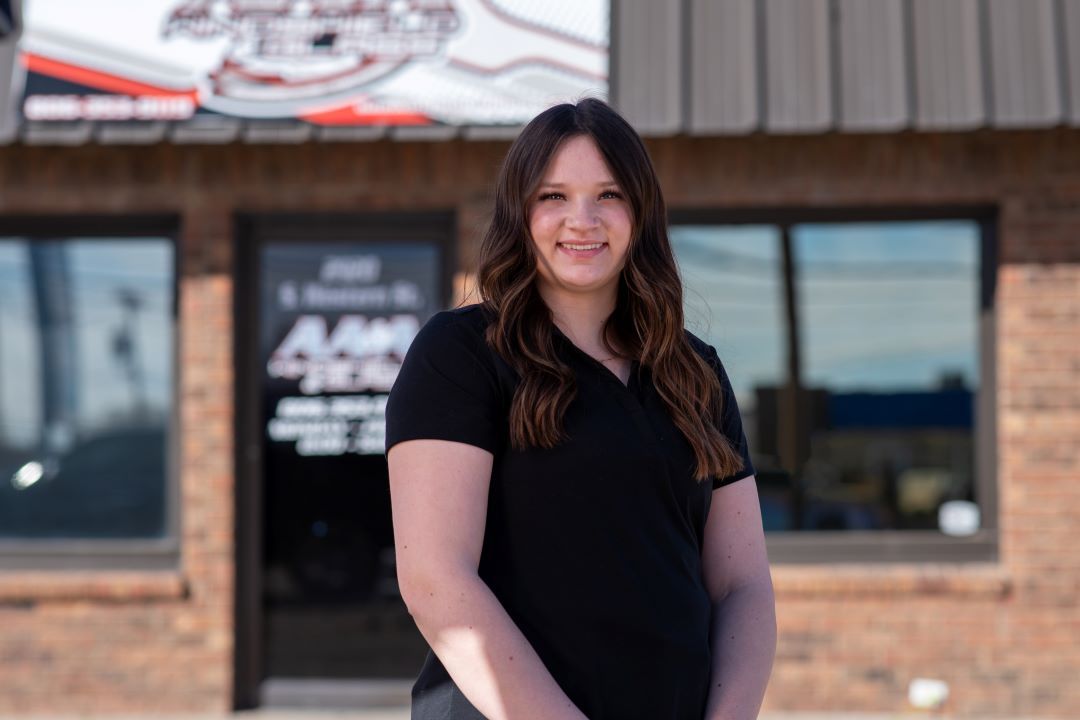WINDSHIELD & GLASS SERVICES
IN AMARILLO & PLAINVIEW, TX
We're your one stop shop and we'll get it done right!
WHY CHOOSE AA&A WINDSHIELD & GLASS?
Our main goal is to make your auto glass replacement or repair simple for drivers. AA&A Windshield is proud to provide fast & reliable mobile & in-shop auto glass repair to everyone - including fleet, & semi-truck drivers. We assist with
insurance claims and come to you in order to provide you with the easiest auto glass repair possible. For an instant online quote, fill out our form and we will get back to you quickly!
✓ Free Mobile Service
✓ Licensed & Insured
✓ Lifetime Warranties
✓ Preferred Partner of Insurance Companies
PLAN ON USING AUTO GLASS INSURANCE? COME TO US FIRST.
NO NEED TO REACH OUT TO YOUR INSURANCE COMPANY
WE WILL HANDLE EVERYTHING.
